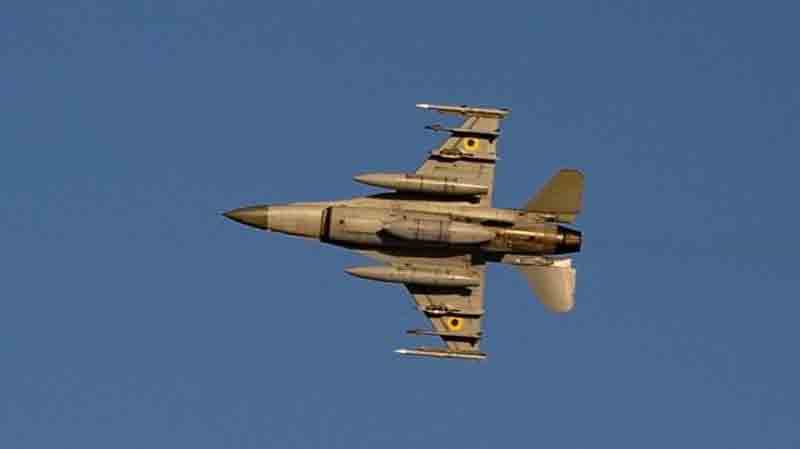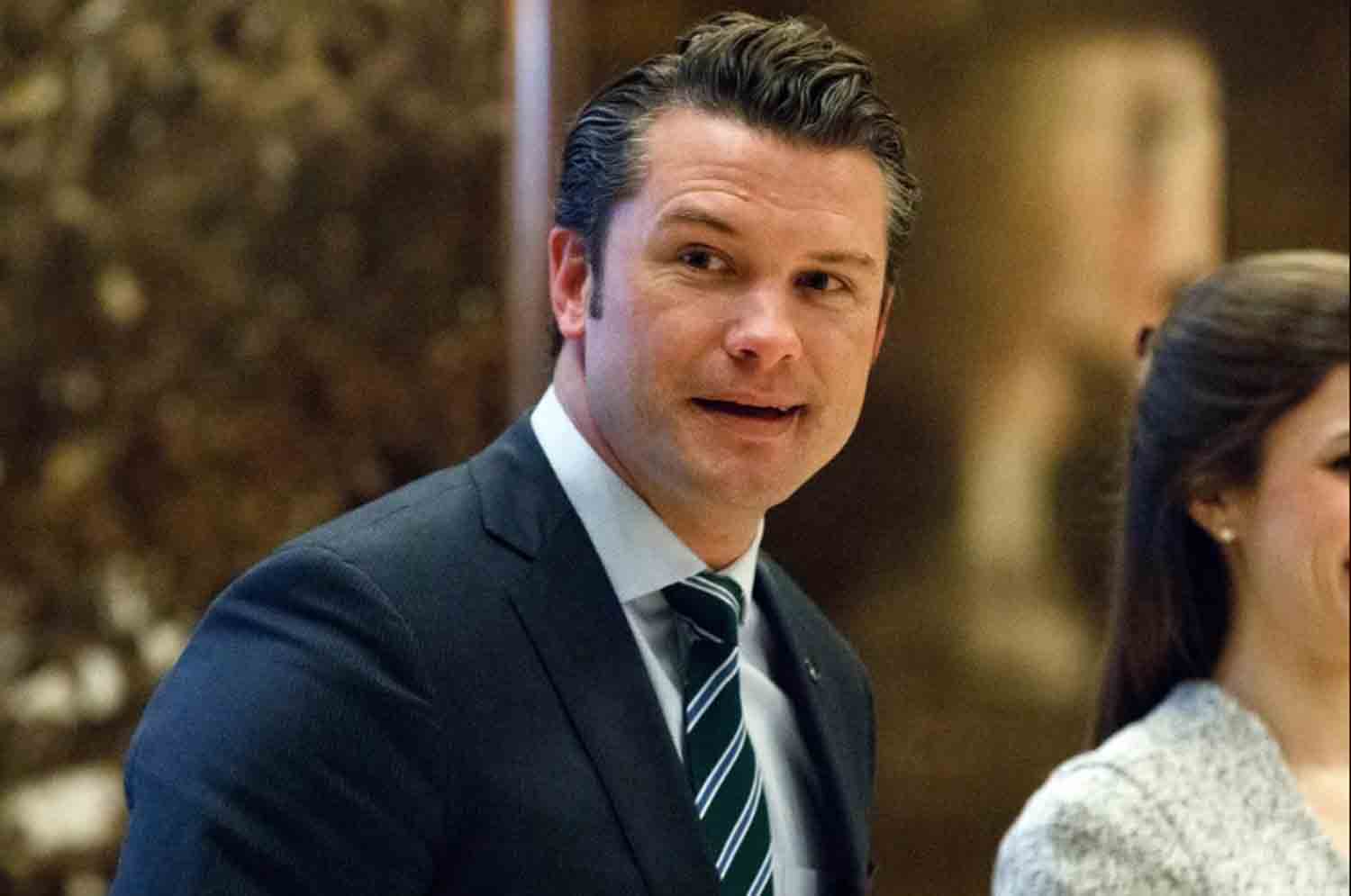On April 8, 2025, Belgian Prime Minister Bart De Wever joined Ukrainian President Volodymyr Zelensky in Kyiv to unveil a substantial commitment: a €1 billion aid package for Ukraine for the current year, along with a promise to provide a minimum of €1 billion in military assistance each year for the duration of the current Belgian government’s term.
During a joint press conference, they also announced plans to supply four F-16 fighter jets to Ukraine—two intended for spare parts in 2025 and two fully operational units to be delivered in 2026.
This initiative highlights Belgium’s increasing involvement in supporting Ukraine amid its ongoing conflict with Russia, which has now entered its third year, and signifies a practical yet thoughtful contribution to Kyiv’s defense efforts.
The decision to provide F-16s, especially the two designated for spare parts, sheds light on the logistical hurdles Ukraine must overcome as it seeks to incorporate advanced Western aircraft into its air force.
The General Dynamics F-16 Fighting Falcon, a single-engine multirole fighter, has been a fundamental asset for NATO air forces since its debut in the late 1970s. Capable of reaching speeds up to Mach 2 and with a combat radius exceeding 500 miles, the F-16 is designed for air-to-air combat, ground attacks, and reconnaissance operations.
Its adaptability is enhanced by an advanced avionics system, including the AN/APG-68 radar for accurate targeting and a fly-by-wire control system that improves maneuverability. Powered by either a Pratt & Whitney F100 or a General Electric F110 engine, the aircraft can carry a diverse range of munitions, from AIM-9 Sidewinder missiles to laser-guided bombs. For Ukraine, which has been dependent on outdated Soviet-era MiG-29s and Su-27s, the F-16 signifies a significant advancement in military capability—provided it can be effectively maintained.
The decision to allocate two of the four jets for parts is a practical one. Ukraine’s current F-16s, supplied by nations such as the Netherlands and Denmark, are already engaged in combat. Keeping these aircraft operational in a conflict zone presents significant challenges. Engines can wear out from extensive use, avionics may malfunction, and airframes endure considerable stress from frequent missions.
By designating jets specifically for parts, Belgium is helping to extend the operational lifespan of Ukraine’s fleet. One F-16 can provide essential components—its engine, which generates over 23,000 pounds of thrust, could support another aircraft, while its radar or cockpit systems could replace damaged parts.
This strategy is reminiscent of tactics employed in previous conflicts, such as the U.S. military’s use of spare airframes during the Vietnam War to maintain F-4 Phantoms in the air. For Ukraine, where every flight hour is crucial in the face of Russian drones and missiles, this could be the key to keeping a squadron operational rather than grounded.
Belgium’s support is part of a larger coalition initiative. The Netherlands has committed to supplying 24 F-16s, with deliveries currently in progress, while Denmark has pledged 19. Norway has also joined the coalition with a smaller contribution.
Together, these contributions aim to establish a fleet of 80 to 100 jets, a target that President Zelensky has indicated is essential to countering Russia’s air dominance. Despite Russia’s larger and more advanced air force, featuring Su-35s and MiG-31s, it has suffered significant losses—over 100 fixed-wing aircraft since 2022—forcing it to rely on older models like the Su-25.
The F-16, although not as sophisticated as the U.S. F-35 or Russia’s Su-57, provides Ukraine with a dependable platform to counter Russian air operations, particularly when equipped with Western munitions such as the AGM-88 HARM anti-radiation missile, which is designed to disable enemy radar systems.
The specifics of Belgium’s F-16s are significant in this context. The country operates the F-16A/B variants, which have undergone upgrades through midlife improvement programs over the years. Although these aircraft are being retired as Belgium shifts to the Lockheed Martin F-35A Lightning II, they remain capable.
In terms of technology, the F-35, a fifth-generation stealth fighter, far surpasses the F-16, thanks to its advanced sensor fusion and low-observable design that enables it to avoid radar detection in ways the F-16 cannot. Belgium anticipates receiving its first F-35s later this year, which clarifies why it can now allocate F-16s to Ukraine.
The two jets expected to be delivered in 2026 will likely come from this retiring fleet, refurbished to be operational, while the pair intended for 2025 may already require extensive repairs, making them more valuable as parts than as complete aircraft.
This assistance package prompts inquiries regarding Belgium’s ability to maintain such support. With a population of 11 million and a relatively modest defense budget of approximately €6.9 billion for 2024, Belgium does not possess the military strength of nations like the United States or France.
Belgium’s annual commitment of €1 billion aligns with Spain’s pledge starting in 2024 and surpasses contributions from larger economies such as Italy. A portion of this funding is expected to benefit Belgium’s defense sector. Notable companies like FN Herstal, a prominent small-arms manufacturer, and CMI Defence, recognized for its artillery systems, may secure contracts to provide Ukraine with rifles, machine guns, or turreted cannons.
For example, FN Herstal’s SCAR rifle is already utilized by certain NATO forces, while CMI’s Cockerill turrets are installed on modern armored vehicles. If Belgium increases production for Ukraine, it could mark a transition from a minor player to a more significant contributor in Europe’s defense arena.
The timing of this announcement, coinciding with De Wever’s visit to Kyiv, is significant. His itinerary included a visit to Bucha, a town infamous for the Russian atrocities of 2022, where numerous civilians lost their lives.
In a city still bearing the scars of conflict, De Wever labeled Russia as the aggressor and reaffirmed Belgium’s commitment. “We cannot accept that decisions regarding Ukraine’s future and Europe’s security are made without Ukraine and its European allies,” he stated on X, reflecting a position that aligns with NATO’s broader efforts to support Kyiv. In response, Zelensky commended Belgium for its “strong steps to protect Ukrainian lives,” acknowledging both the financial assistance and the aircraft.
While the addition of two F-16s for Ukraine in 2026 may appear minimal in the context of the ongoing conflict, the threat posed by Russia’s air defenses, which include S-400 systems and shorter-range Pantsir units, remains significant.
The F-16’s radar cross-section is larger than that of more stealthy aircraft, making it susceptible to these defense systems unless operated with strategic tactics—such as low-altitude approaches or standoff strikes using precision munitions. Nevertheless, even a limited number of jets can influence the dynamics in specific areas.
During Ukraine’s counteroffensive in 2023, a significant shortcoming was the lack of air support. The introduction of F-16s could enhance protection for ground forces and disrupt Russian supply lines, particularly if equipped with Joint Direct Attack Munitions (JDAMs), which convert unguided bombs into precision-guided munitions.
The postponement of operational jets until 2026 has ignited discussions. Previous commitments from Belgium, under former Prime Minister Alexander De Croo, aimed for deliveries as early as 2024. However, this schedule has been pushed back, first to late 2025 and now to 2026, due to delays in Belgium’s F-35 deployment.
Lockheed Martin has encountered production challenges with the F-35, including software malfunctions and supply chain issues that have delayed deliveries globally. In March, De Wever acknowledged this situation, stating that Belgium could not send F-16s until its own air defenses were assured—a practical yet frustrating reality for Ukraine, where each month of delay results in lost lives.
Russia is expected to respond strongly to this commitment. Moscow has consistently regarded Western arms supplies as provocative, and the provision of F-16s—perceived as a representation of NATO’s strength—could lead to retaliatory actions or propaganda efforts.
In 2024, Maria Zakharova, spokesperson for the Russian Foreign Ministry, cautioned that the delivery of F-16s would “escalate the conflict,” suggesting potential reprisals. It remains uncertain whether this will manifest as increased drone strikes on Ukrainian cities or pressure on NATO’s eastern borders, but the Kremlin typically does not overlook such developments.
Beyond the technical aspects, there is a human element involved. Since 2023, Ukrainian pilots have been undergoing training on F-16s in Belgium, Denmark, and the U.S. This transition, which can take months even for seasoned pilots, involves adapting from the MiG-29s’ analog systems to the F-16’s digital interfaces and helmet-mounted cueing systems, presenting a significant learning challenge.
Technicians must also become proficient in maintaining the jet, as tasks such as replacing an F100 engine or diagnosing radar issues demand specialized expertise. The anticipated arrival of spare parts in 2025 could alleviate some of this pressure, allowing ground crews to concentrate on ensuring aircraft are combat-ready instead of searching for necessary components.
In Belgium, the aid package has elicited mixed responses. Taxpayers, grappling with increasing energy prices and inflation, may question the allocation of €1 billion abroad when pressing domestic issues persist. The coalition led by De Wever, which came into power in late 2024, includes the nationalist N-VA party, whose supporters often favor an isolationist stance.
Nevertheless, public backing for Ukraine remains robust—early 2025 polls indicate that over 60% of Belgians support military assistance, reflecting Europe’s shared concern regarding Russia’s aggression. Military officials view the transfer of F-16s as an opportunity to retire outdated assets while bolstering NATO’s eastern defenses.
Historically, the F-16 has demonstrated its effectiveness. During the 1991 Gulf War, U.S. F-16s conducted thousands of sorties, significantly damaging Iraq’s air defenses with few losses. In the Yugoslav conflicts, they enforced no-fly zones and accurately targeted ground installations. Although Ukraine’s conflict is distinct—characterized by peer-to-peer engagement, attrition, and contested airspace—the F-16’s proven history indicates it can adapt to these challenges.
In comparison to Russia’s Su-35, which boasts sophisticated radar and longer-range missiles, the F-16 may not be as advanced. However, its maneuverability and integration within NATO provide it with a significant advantage in joint operations.
Belgium’s commitment also signifies a changing landscape in Europe. While the U.S. has historically spearheaded aid initiatives—contributing over $50 billion in military assistance since 2022—European nations are now taking a more active role.
The deployment of Germany’s Leopard 2 tanks, France’s SCALP missiles, and Belgium’s F-16s illustrates a growing willingness across the continent to shoulder responsibility. Although Belgium’s €1 billion annual commitment is modest compared to U.S. support, it sets a precedent for smaller countries. This marks a stark contrast to 2014, when Europe hesitated in response to Russia’s annexation of Crimea, heavily relying on American leadership.
Looking forward, this development could have significant implications for NATO and the EU. If Belgium maintains its commitment, it may encourage nations like Portugal and Sweden to step up their contributions. Within NATO, it strengthens the momentum of the F-16 coalition, potentially expediting deliveries from other supporters.
For the EU, this situation tests its unity—can smaller member states demonstrate the same determination as France and Germany as the conflict continues? From my viewpoint, Belgium’s decision is a strategic move: while modest in scale, it carries substantial symbolic weight, indicating that even nations that have remained on the periphery can influence the trajectory of a conflict.
Nevertheless, the postponement until 2026 raises concerns about urgency. With Russia gaining ground in eastern Ukraine, can Kyiv afford to wait, or will this assistance, like previous aid, arrive just before a critical turning point?
Discover more from Defence Talks | Defense News Hub, Military Updates, Security Insights
Subscribe to get the latest posts sent to your email.





